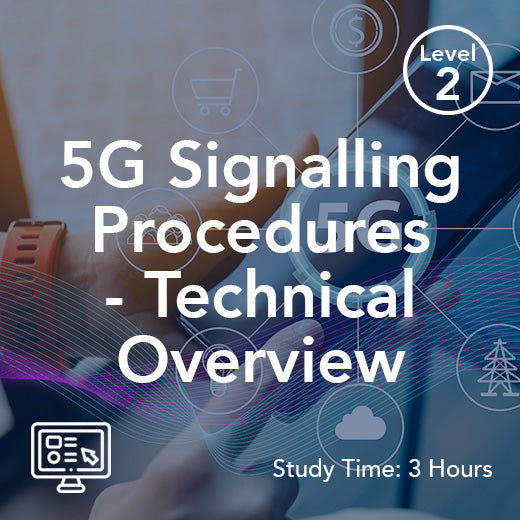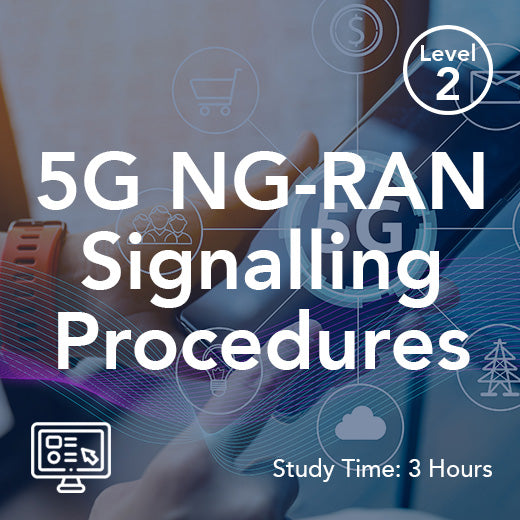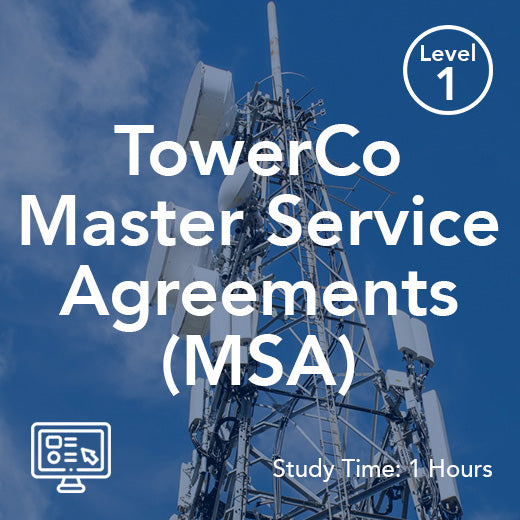Acknowledgment Modes
- , by Stephanie Burrell
- 1 min reading time
Acknowledgment modes in the telecom industry refer to the various methods used to confirm the successful receipt of data packets between network devices. These modes play a crucial role in ensuring the reliability and integrity of data transmission, particularly in high-speed networks where errors are more likely to occur. The three main acknowledgment modes are positive acknowledgment (ACK), negative acknowledgment (NACK), and cumulative acknowledgment.
Positive acknowledgment (ACK) is a method where the receiving device notifies the sender that a data packet has been successfully received. This confirmation allows the sender to proceed with sending the next packet, knowing that the previous one was delivered without errors. On the other hand, negative acknowledgment (NACK) is used when the receiving device detects an error in the data packet. In this case, the sender is notified of the error, and the packet is retransmitted to ensure reliable delivery.
Cumulative acknowledgment is a mode where the receiving device acknowledges the successful receipt of multiple data packets at once, rather than individually confirming each packet. This method is particularly useful in scenarios where a large number of packets are being transmitted, as it reduces the overhead associated with sending individual acknowledgments for each packet. By using acknowledgment modes effectively, telecom companies can improve the efficiency and reliability of their data transmission processes, leading to better overall network performance and customer satisfaction.

































